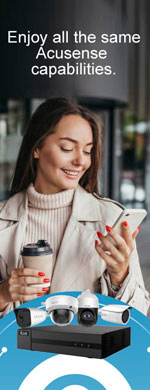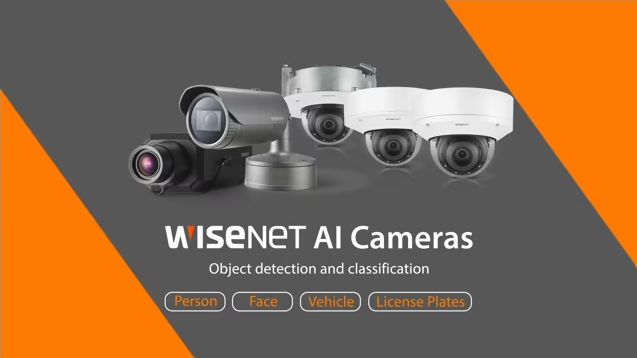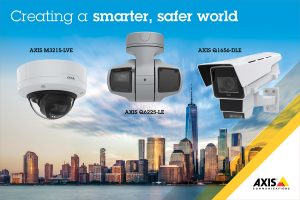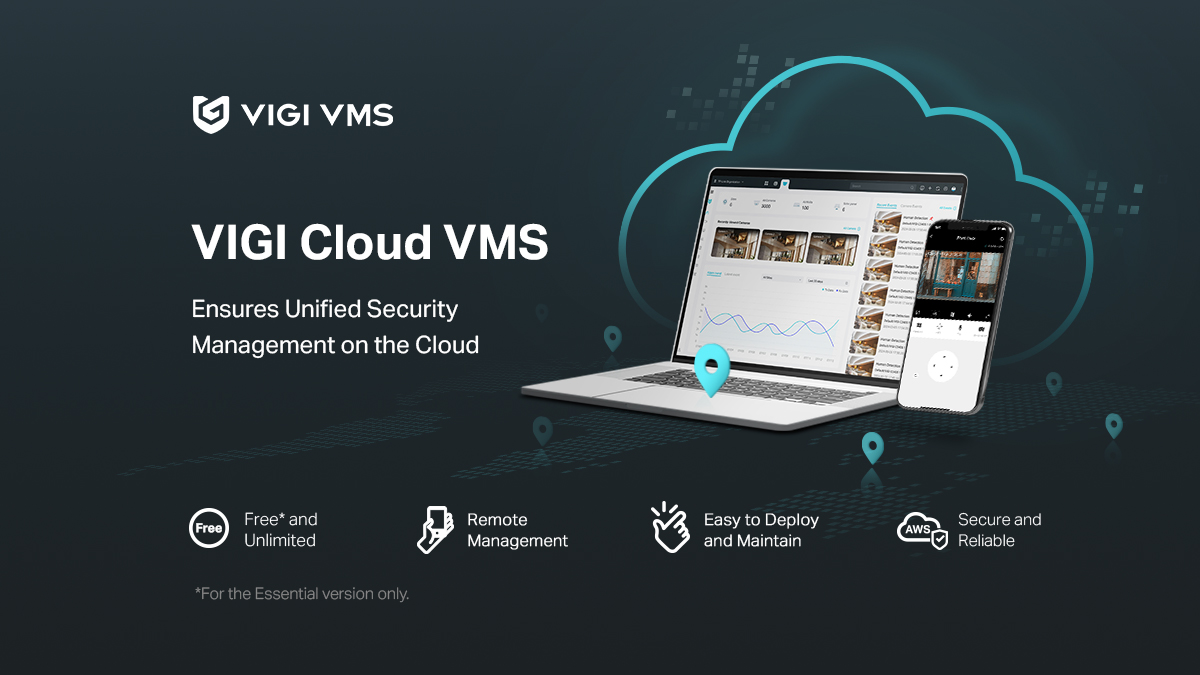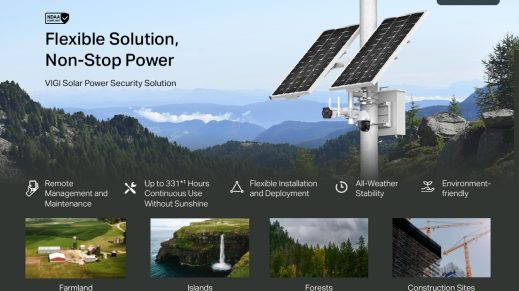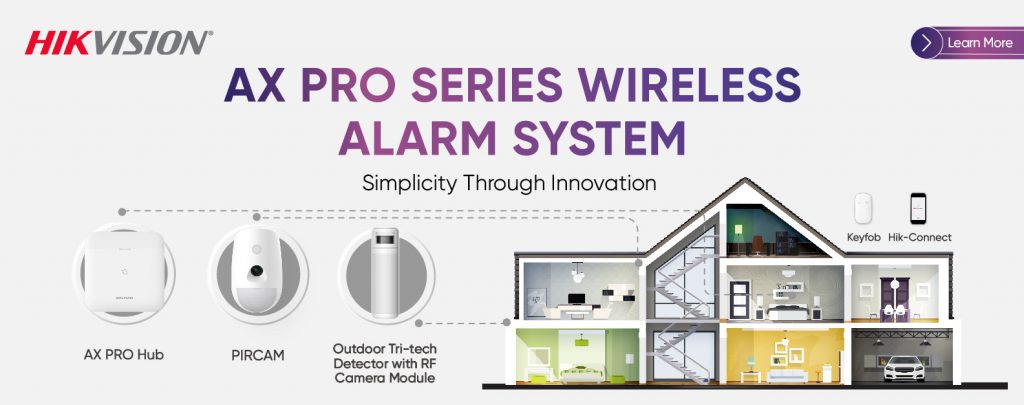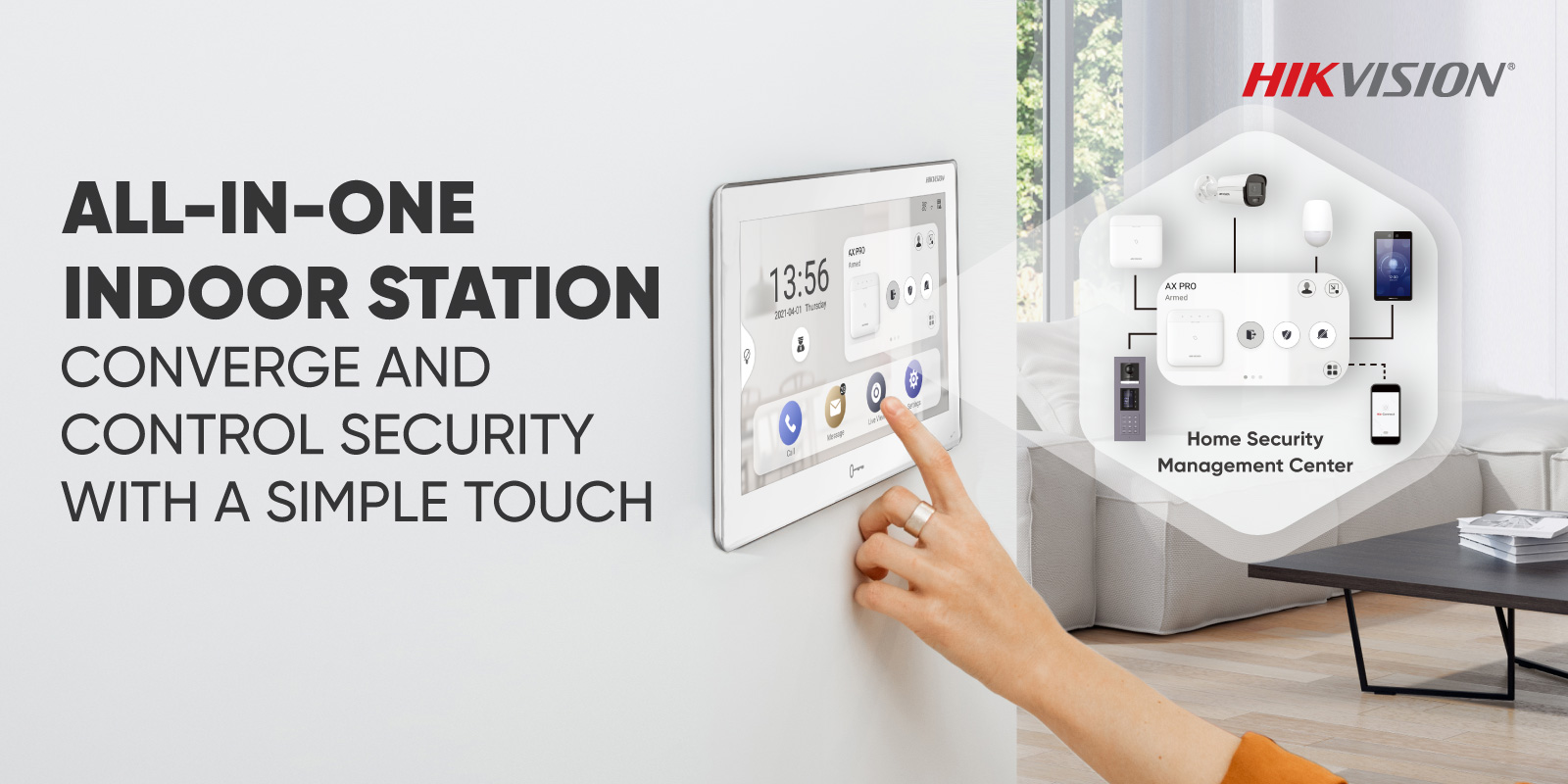No products in the cart.
Best Camera Placement in Schools: A Detailed Guide
When it comes to CCTV, one of the most common questions schools ask is:
“Where exactly should we install cameras?”
Good camera placement is as important as choosing the right cameras — it ensures you cover the areas that matter most, minimise blind spots, and use your budget effectively.
This guide explains the key areas every school should monitor, why each area matters, and how to position cameras responsibly and effectively.
1. Entrances & Exits
Why it matters:
-
Controls who comes and goes.
-
Helps monitor visitors, late arrivals, and deliveries.
-
Deters unauthorised access.
-
Provides evidence of students leaving without permission or intruders entering after hours.
Best practice:
-
Install cameras at every main entrance, positioned to clearly capture faces at eye level as people enter.
-
Cover side gates, staff doors, and emergency exits — often overlooked and exploited by trespassers or students skipping class.
-
Position cameras to avoid glare from sun and lights at certain times of day.
Example:
A primary school placed cameras at its front gate and a side staff gate; footage was used to identify a vandal who entered through the side alley after hours.
2. Corridors & Stairwells
Why it matters:
-
High-traffic areas where bullying, fights, or accidents often occur.
-
Typically unsupervised between classes, making them hotspots for misbehaviour.
-
Locker areas are especially prone to theft and damage.
Best practice:
-
Place cameras at each end of long corridors for overlapping views.
-
Cover stairwell landings to avoid blind spots behind walls.
-
Ensure locker banks are fully within the field of view.
Example:
A high school used hallway footage to resolve a dispute where two students claimed they were shoved; the footage showed it was an accident caused by crowding.
3. Toilets & Change Rooms — Monitor Appropriately
Why it matters:
-
These areas are sensitive but often the scene of bullying, vandalism, smoking, or intimidation.
-
Students and staff have a strong and reasonable expectation of privacy inside these facilities.
-
Monitoring who enters and exits is often enough to identify those responsible for incidents.
Best practice:
-
Install cameras outside the entrance to toilets and change rooms, clearly capturing who enters and exits.
-
Position cameras carefully to avoid capturing any activity inside the room, even when doors open.
-
Use clear signage to inform that CCTV monitors the entrance area only.
-
Do not install cameras inside toilets, showers, or cubicles — this is illegal and breaches privacy.
Example:
A suburban high school identified a group of boys responsible for repeated vandalism by reviewing entrance camera footage, which showed who entered moments before each incident.
4. Playgrounds & Sports Fields
Why it matters:
-
Outdoor areas are prone to rough play, injuries, and bullying.
-
Large open spaces make supervision more challenging.
-
Ensures incidents during recess, PE, or after-school programs are recorded.
Best practice:
-
Mount wide-angle cameras on walls or light poles to cover the playground.
-
Consider multiple fixed cameras with overlapping views rather than relying on a PTZ, which requires active monitoring.
-
Install high enough to prevent tampering while keeping faces visible.
Example:
A playground camera helped prove a student tripped while running, contrary to claims that he’d been pushed.
5. Carparks & Bus Zones
Why it matters:
-
Drop-off and pick-up times are hectic and prone to accidents.
-
Helps resolve disputes over vehicle damage or poor driving.
-
Protects staff vehicles and monitors pedestrian safety.
Best practice:
-
Mount cameras on building corners or poles to cover the entire parking area.
-
Use cameras with licence plate recognition (LPR) at main vehicle gates.
-
Cover bus loading and unloading areas clearly.
Example:
Footage cleared a teacher accused of damaging a parent’s car; another parent was shown as the culprit.
6. Perimeter & Fencing
Why it matters:
-
The perimeter is your first line of defence against trespassers and students leaving unsupervised.
-
Deters after-hours intrusions and vandalism.
Best practice:
-
Face cameras along fence lines, especially corners, gates, and secluded areas.
-
Use long-range night-vision cameras for visibility after dark.
-
Ensure adjacent cameras overlap slightly to avoid blind spots.
Example:
A rural school stopped repeated weekend vandalism on its oval after perimeter cameras identified intruders climbing the back fence.
7. Reception & Office Areas
Why it matters:
-
Reception is the first point of contact for visitors, contractors, and parents.
-
Helps enforce visitor sign-in procedures and monitor behaviour.
-
Protects office staff from aggressive behaviour and covers cash-handling points.
Best practice:
-
Position a camera behind reception to record anyone entering.
-
Cover entry doors from both inside and outside angles.
-
Avoid pointing cameras into private offices unnecessarily.
Example:
Reception footage was used to identify and warn a parent who verbally abused staff and left without signing in.
Additional Placement Tips
✅ Height & Angle: Mount cameras high enough to avoid tampering but not so high that faces become indistinct. Typically 2.5–3m indoors and ~3–4m outdoors.
✅ Lighting: Avoid glare from sun or artificial lights; choose cameras with wide dynamic range (WDR) if needed.
✅ Overlapping Views: Ensure cameras’ fields of view overlap slightly at edges to eliminate blind spots.
✅ Signage: Install clear, prominent signage in all monitored areas to comply with laws and reassure the community.
Final Thoughts
CCTV placement is about more than just coverage — it’s about safety, privacy, and peace of mind. With thoughtful placement — and respect for sensitive areas like toilets and change rooms — your school can achieve effective monitoring without overstepping.
CCTV Cameras for Primary Schools
Primary schools are vibrant, busy places — full of children learning, playing, and growing every day. But with so many young students in one place, keeping everyone safe can be a serious challenge. Unlike high schools, where students are older and more independent, primary schools require special attention to supervision. Teachers and staff work tirelessly...
CCTV Cameras for High Schools
High schools are dynamic and often challenging environments. With hundreds or even thousands of teenagers moving through classrooms, corridors, sporting grounds, and car parks every day, incidents are bound to happen — and they often escalate quickly. At this age, students are becoming more independent, but they also face new social pressures, emotional challenges, and,...
School CCTV Installation Guidelines
Best Practices for Safe, Effective & Compliant Camera Systems Installing CCTV in a school is more than just mounting cameras on walls — it’s about creating a thoughtful, legal, and effective security system that protects students, staff, and property. At Security Wholesalers Australia, we’ve helped hundreds of schools plan and implement CCTV systems that balance...
Complete School Security Systems
Installing CCTV cameras is no longer enough. Australian schools today face a wide spectrum of risks — from bullying and vandalism to trespassing, theft, arson, and even serious lockdown incidents. Cameras play an important role in recording events, but they’re just one piece of the puzzle. The real power comes when your cameras, alarms, access...
School CCTV FAQs
Everything You Need to Know About School Security Cameras At Security Wholesalers Australia, we understand that installing CCTV in a school raises a lot of questions — from legal requirements to technical details.Below we’ve answered some of the most common questions we hear from school principals, business managers, and administrators. Everything You Need to Know...
School CCTV Scenarios
Practical Examples of How CCTV Can Protect Your Campus At Security Wholesalers Australia, we’ve helped schools of all sizes improve their safety with CCTV. Below are realistic scenarios showing how a thoughtfully designed CCTV system can solve common school security challenges. Use these examples to imagine how CCTV could work for your campus. Scenario 1:...
Top 5 School Security Risks & How CCTV Helps
Protect Your School Against Today’s Most Common Threats Every school wants to be a safe, welcoming place for learning — but the reality is that Australian schools face increasing security challenges every year.From petty vandalism to serious incidents, being prepared is key. At Security Wholesalers Australia, we help schools address these risks with affordable, reliable...
Balancing Privacy & Security with CCTV in Schools
How to Protect Students While Respecting Their Rights Installing CCTV in a school is one of the most effective ways to improve safety — but it also raises important questions about privacy.Parents, staff and students all want reassurance that surveillance is being used responsibly and ethically. At Security Wholesalers Australia, we help schools strike the...
A Step-by-Step Guide for Principals & Administrators
When planning a CCTV system for your school, choosing the right cameras is one of the most important decisions you’ll make.With so many options — domes, bullets, PTZ, AI-enabled — it can feel overwhelming. At Security Wholesalers Australia, we help schools select the perfect cameras for their needs, budget, and layout.Here’s our expert guide to...
School CCTV Planning Checklist
Everything You Need to Plan a Successful CCTV System for Your Campus Planning a CCTV system for your school can seem daunting — but with the right approach, it’s simple and effective.At Security Wholesalers Australia, we’ve created this School CCTV Planning Checklist to help you cover all the critical steps. Use this as a guide...
Sample School CCTV Policies
1️⃣ CCTV Usage Policy Purpose:This policy explains how [School Name] uses Closed-Circuit Television (CCTV) systems to improve safety and security for students, staff, and visitors. Scope:This policy applies to all areas of the school grounds where cameras are installed, and to all persons on the premises. Policy Statement: CCTV is used to monitor and record...
Sample CCTV Usage Policy
CCTV Usage Policy 1. Purpose The purpose of this policy is to set out how ___ [School/Organisation Name] ___ (“the School”) operates its Closed-Circuit Television (CCTV) system to enhance the safety and security of students, staff, visitors, and property, while respecting individuals’ privacy and complying with all relevant laws. 2. Scope This policy applies to:...
Sample School Privacy Policy (includes CCTV)
1. Introduction ___ [School Name] ___ (“the School”, “we”, “our”) is committed to protecting the privacy and confidentiality of personal information in accordance with the Privacy Act 1988 (Cth) and the Australian Privacy Principles (APPs). This policy explains how we collect, use, disclose, and manage personal information about students, parents/guardians, staff, and visitors to the...
Sample Incident Access Protocol — CCTV Footage
1. Introduction This Incident Access Protocol outlines the procedures for requesting, accessing, reviewing, and releasing Closed-Circuit Television (CCTV) footage held by ___ [School Name] ___ (“the School”). It ensures that CCTV footage is only accessed or disclosed in accordance with the School’s CCTV Usage Policy, Privacy Policy, the Privacy Act 1988 (Cth), and other applicable...
Sample CCTV Access Request Form Template
Confidential — for internal use only Please complete all sections of this form and submit it to the School Office or email to: ___ [School contact email] ___The School will assess your request in line with its CCTV Usage Policy, Privacy Policy, and Incident Access Protocol. Note: Submission of this form does not guarantee access....
Staff Responsibilities for School CCTV Systems
Installing a CCTV system is only one part of improving safety and security in a school. Ensuring that the system is used effectively — and legally — depends on how well the school community understands their roles and responsibilities in operating it. Every staff member, from the principal to teachers to administrative personnel, has a...
School CCTV: Myths and Misconceptions
School CCTV systems are an increasingly common feature of modern education — helping to improve safety, deter misconduct, and support investigations. But despite their many benefits, CCTV is often misunderstood by students, parents, and even staff. These misunderstandings can lead to confusion, mistrust, or unrealistic expectations about what a CCTV system can and cannot do....
Choosing the Right CCTV System for Schools: A Buyer’s Guide
A high-quality CCTV system is a critical part of a modern school’s safety and risk management strategy. But it’s not just about buying cameras — it’s about designing a system that truly meets your school’s needs, complies with legal obligations, and remains reliable for years to come. Below is a comprehensive, fully explained checklist you...
Best Camera Placement in Schools: A Detailed Guide
When it comes to CCTV, one of the most common questions schools ask is:"Where exactly should we install cameras?" Good camera placement is as important as choosing the right cameras — it ensures you cover the areas that matter most, minimise blind spots, and use your budget effectively. This guide explains the key areas every...
CCTV Hacking Concerns in Australian Schools: How to Keep Your System and Students Safe
CCTV is fast becoming a standard feature in Australian primary and high schools, helping to deter bullying, vandalism, and unauthorised intruders while improving staff accountability and student safety. But with this increase in surveillance comes a very real risk: cyberattacks. School CCTV systems often capture sensitive moments — children in playgrounds, classrooms, and corridors. If...






